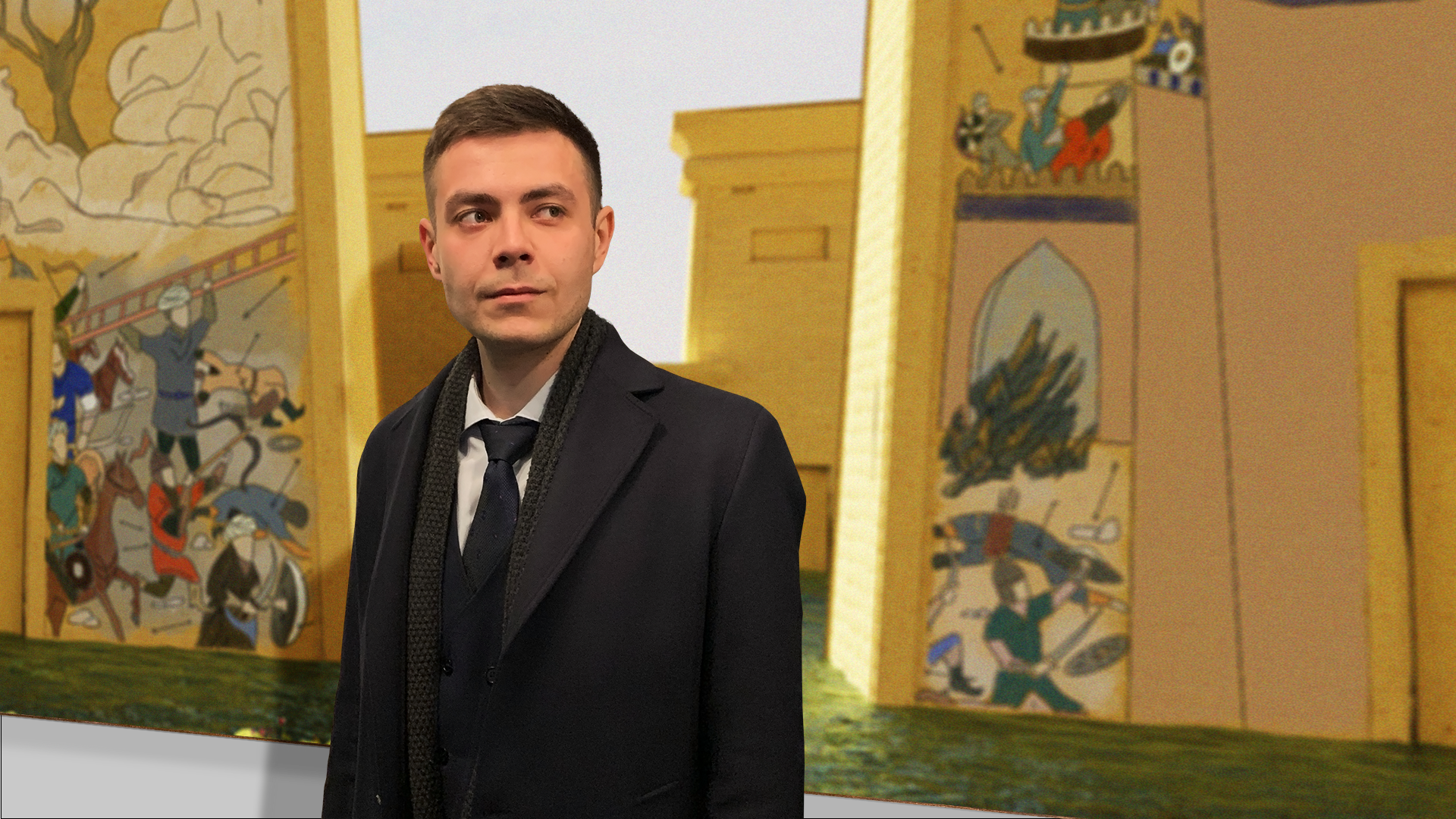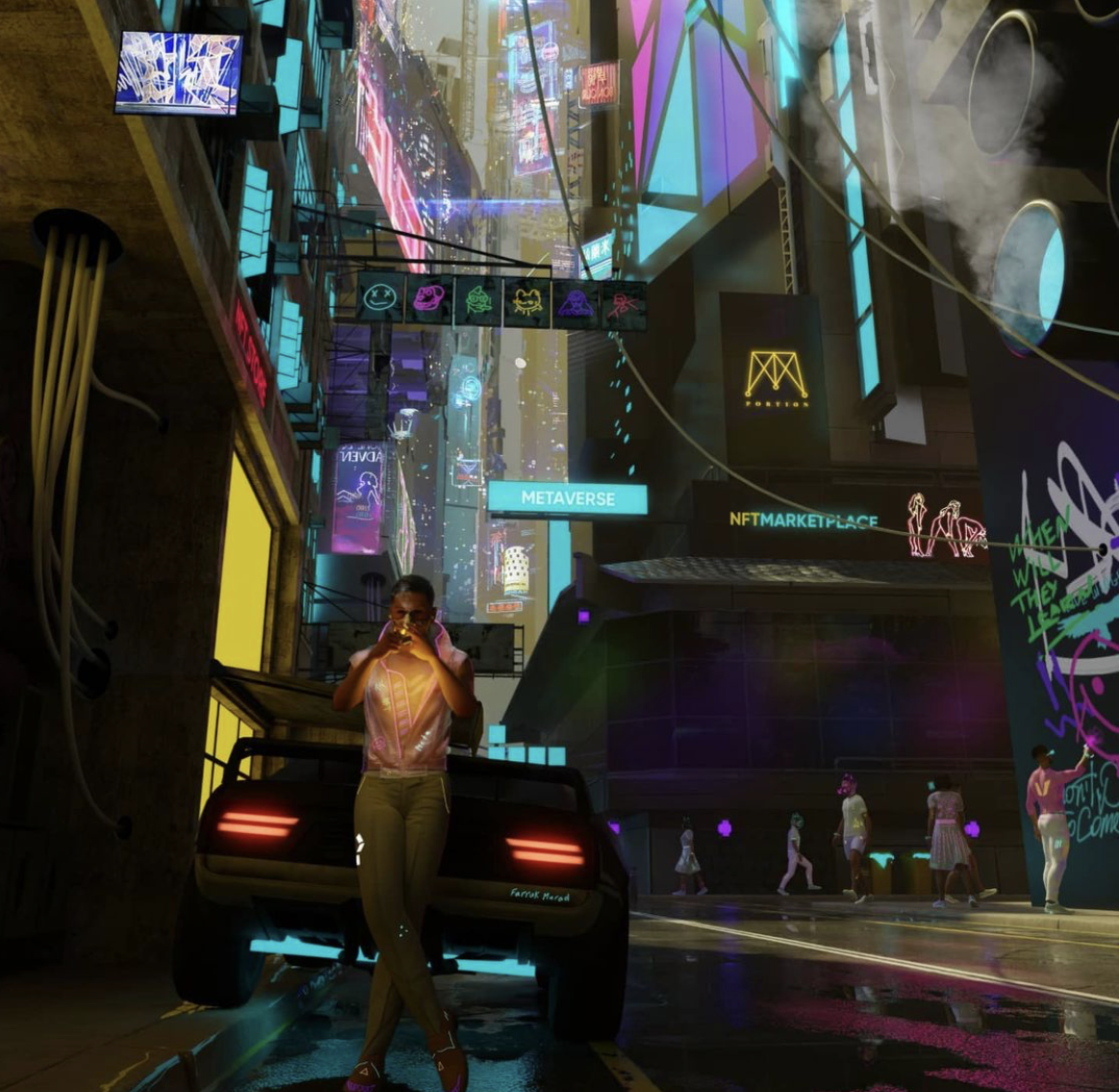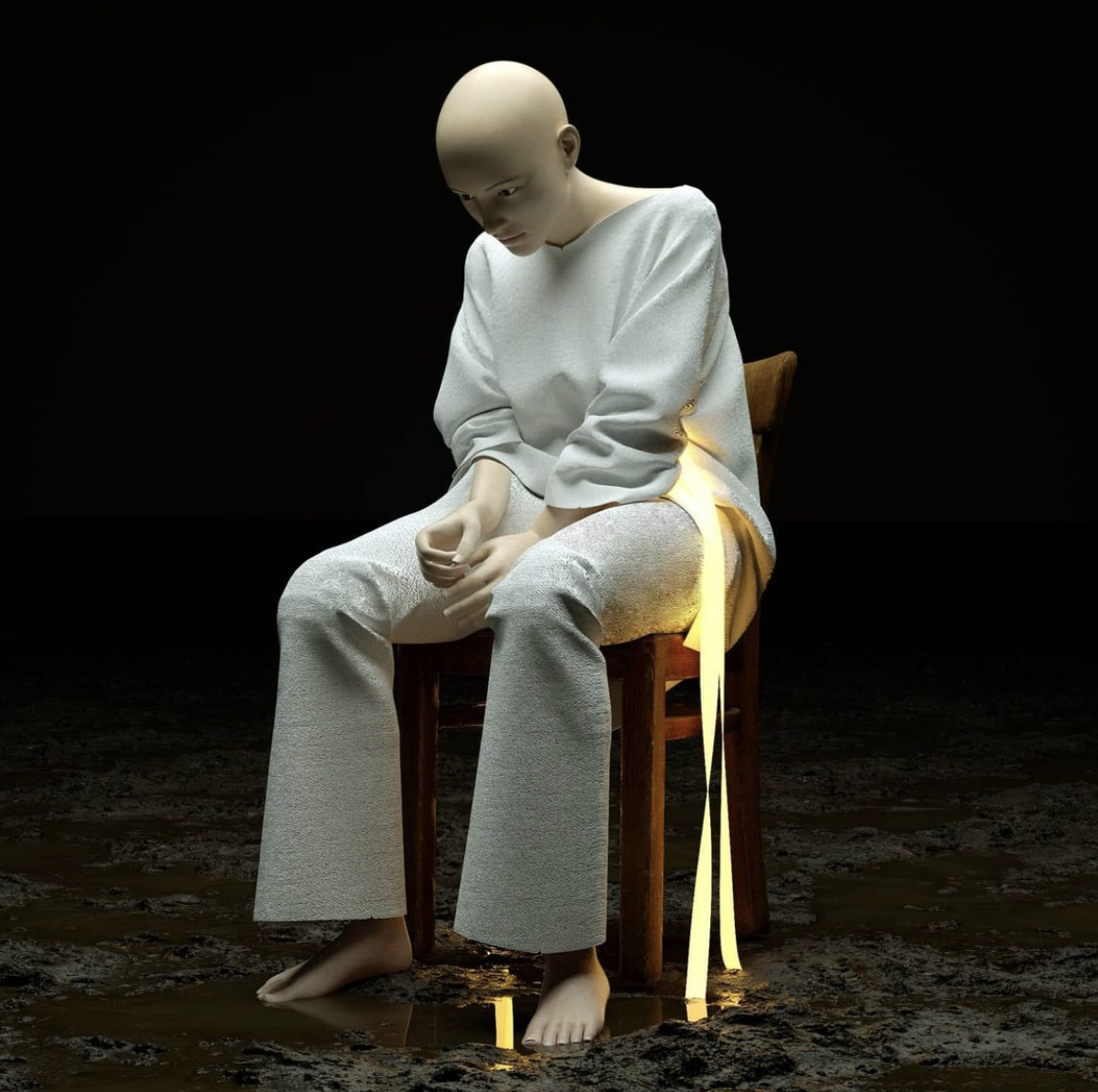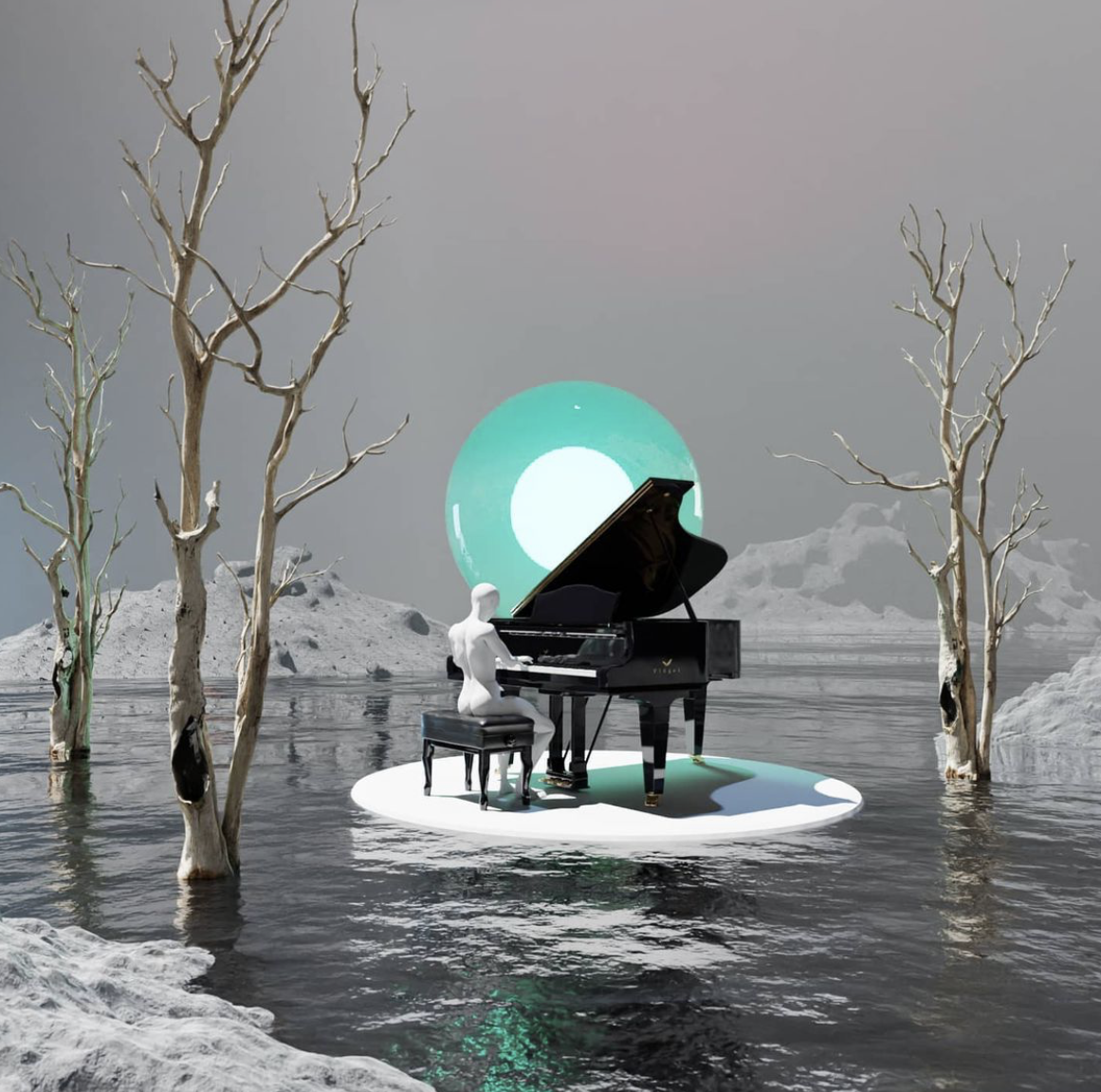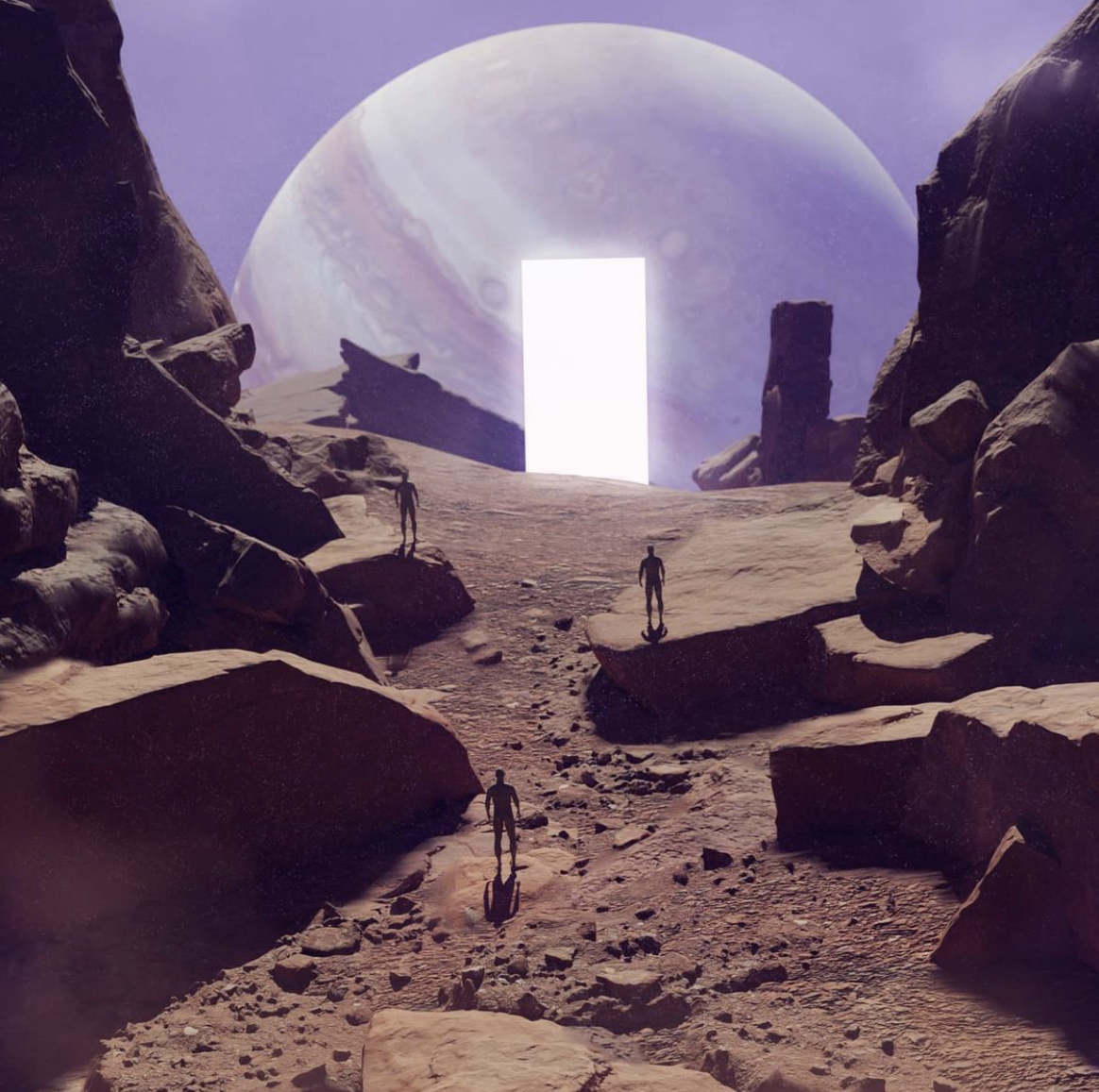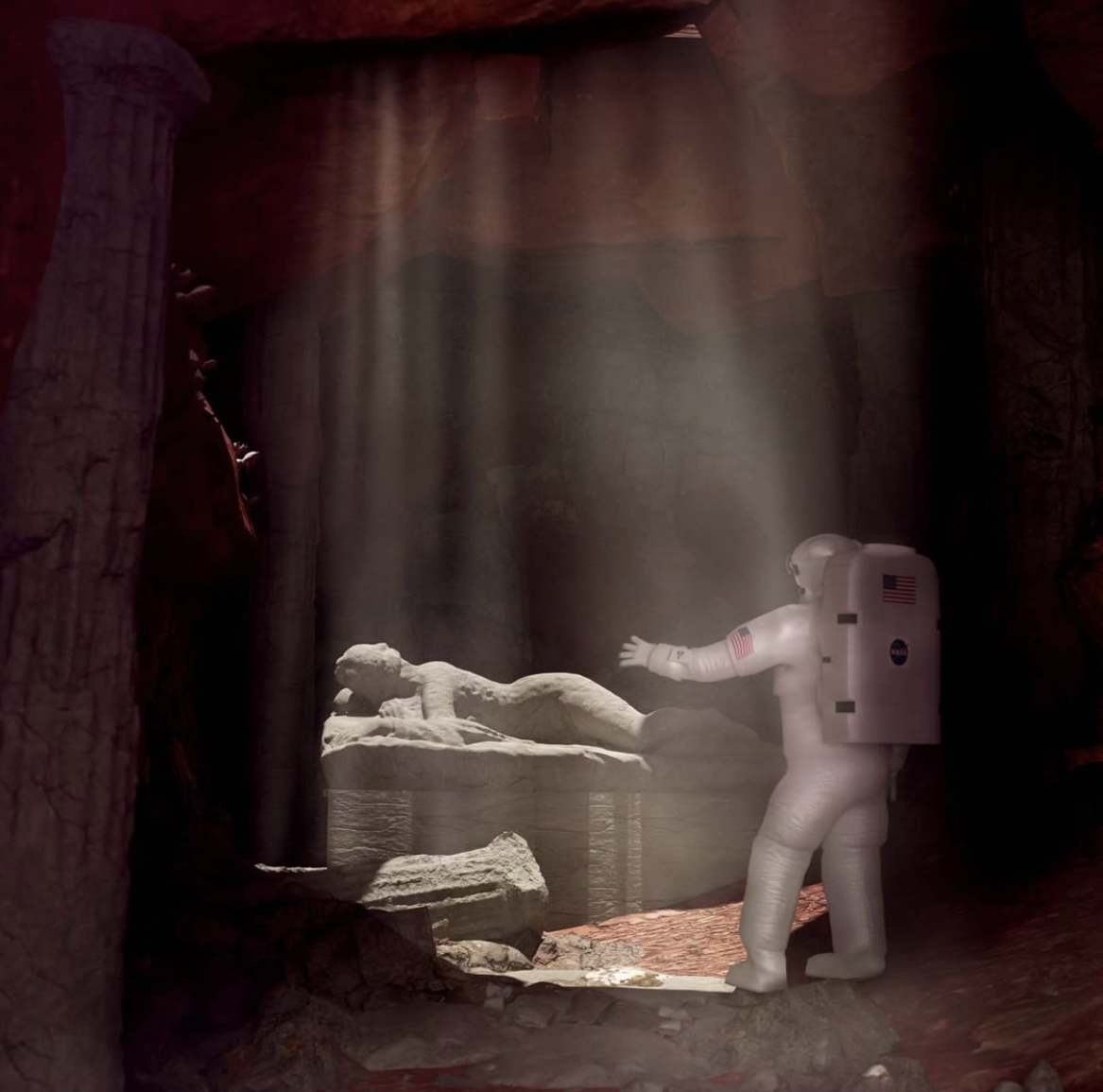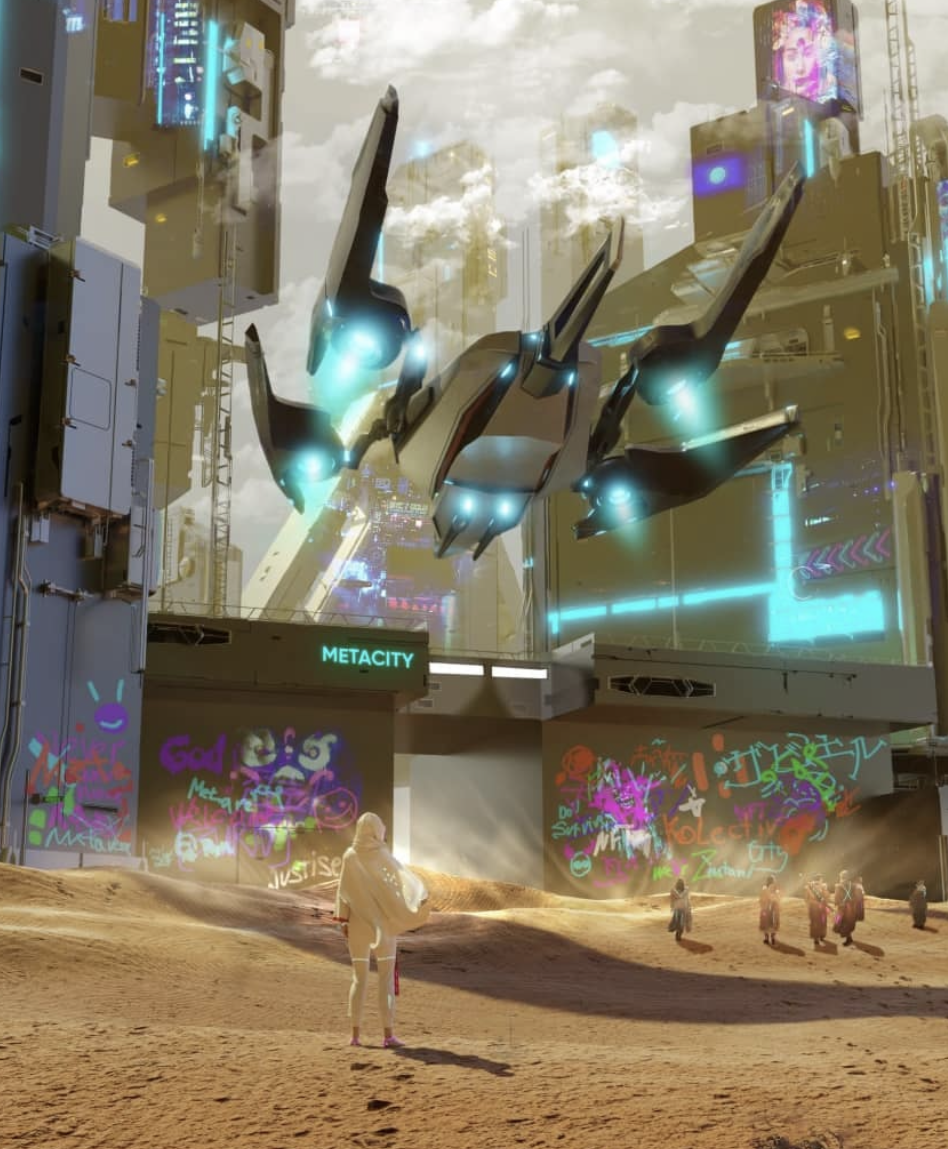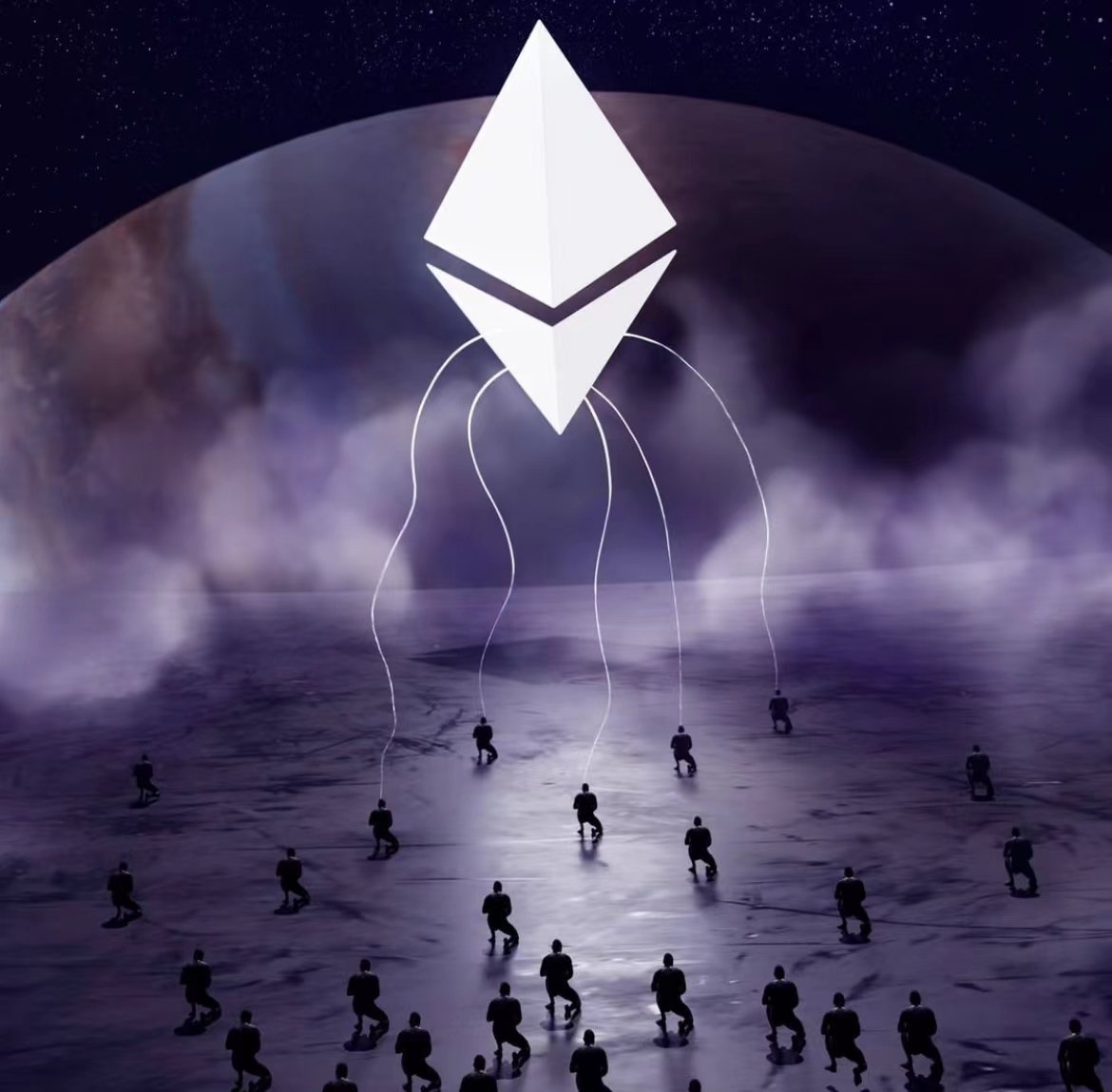Farruk Murad |Metaverse will be presented in artistic imagination and virtual reality
theFOUND Virtual Art Center this TALK with Farruk Murad, who was a game design and development engineer and is now the founder and designer of Paradigma studio. In the Metaverse under the general trend of using scientific and technological means to link and create, the virtual world maps and interacts with the real world. In the digital living space with a new social system, Farruk Murad and his team create more digital value symbols and languages. Farruk Murad and theFOUND discuss the virtualization and digitization process of the real world around the meta universe , we need to discuss different needs such as content production, economic system, user experience and physical world content.
An artificial space running parallel to the real world is the next stage of the Internet, the network world of virtual reality supported by AR, VR, 3D and other technologies. The meta universe cannot be completely separated from the real world. It is parallel to and interconnected with the real world, but it is independent of the real world. People can socialize and work in it.
As a digital design studio, Paradigma has developed into a mature creative organization, with bold and responsible designers and producers providing creative power and services. They have established enterprises in different directions. They say this is only the beginning. The most impressive part in the future is to create and explore more possibilities with more customers and partners.
Farruk Murad and his studio believe that without dedication and enthusiasm, they cannot create great and truly original works, so they only accept what they are interested in, so that their creativity and business growth can be brought into play. Therefore, Farruk Murad said that their goal is to only produce elegant, simple and thoughtful works that are valuable to customers, simplify their business processes, and achieve this goal through integrated methods, non trivial solutions and thoroughly checked implementation.
Farruk Murad pointed out that with the strong promotion of NFT, the world's contemporary phenomena related to the Metaverse and NFT, Metaverse technology makes it possible to study planets and human behavior. It has an unlimited amount of digital art, clothing and accessories without negative impact on ecology. In the real world, we are limited by the number of natural resources, but the digital world has no boundaries, allowing us to change and create faster than ever before.
Farruk Murad believes that NFT is a new era for the commercialization of digital art and the creation of a meta universe based on cryptocurrency and irreplaceable tokens. A large part of our life has been spent on the Internet, which is just the beginning. We create avatars, graphic design, digital fashion, etc. for people living on the Internet. NFT helps us make profits and produce real value.
Q&A
theFOUND & Farruk Murad
Q1:
As the founder and designer of Paradigma studio. Can you tell us about your experience and how to choose to be a designer artist?
My name is Farruk Murad, I am a graphic designer and artist from Central Asia, Tashkent, Uzbekistan. I came into design by accident 8 years ago. Initially I was a game developer. I am self-taught, and I started my career on a weak laptop that constantly slowed down the process. That was difficult, but the desire and perseverance played their part. Over time, I moved away from making games and completely focused on creating branding, logos and packaging, and this is how Paradigma Studio was created 3 years ago. We have been active in Central Asia and are now expanding our influence to Europe and the West. In addition to branding, I also do 3D art. I have always liked to create and see how my creation gives meaning and excites the thoughts and minds of people. To generate something new, to represent ordinary things or emotions from a different angle with the help of design - this is what I consider to be magic. You know this feeling when you produce an artwork, put your own story into it and the other person reads it when looking at your piece - this gives meaning to my work.
Q2:
Can you share with us the inspiration and idea of creating Paradigma?
I have always been interested in psychology and my great desire was that every work that I did, be it a logo, packaging or digital art, would evoke the right emotions of a beholder, by making him a part of my narrative. Paradigma is not only my job, but the works that carry human feelings, such as love, curiosity, interest, anger, sadness, sympathy. I try to convey a part of myself, a part of what I feel or want to feel in every piece. Paradigma is stories of people, it’s about me, you and them. This is what inspires me.
Q3:
You have cooperated with many brand product projects. In addition, you have done a lot of experiments in digital art, such as "A women", "The other God", "The choice" and so on. These works of art have the abstract style of science fiction. What's the difference to you about creation?
When working on brands, we have more restrictions than freedom, there are rules and prerequisites that we must follow, while in creating our own works, we are free from any limitations and even the shackles of reality. However, in branding projects we can also break the rules, so as there can be some restrictions in our own artworks. It’s better in every type of projects to keep balance between the freedom of imagination and meeting certain requirements. Nevertheless, when it comes to my digital art, I try not to limit myself, I give free rein to the flight of fantasy, because art is about self-expression.
Q4:
You like to collect and read old books about history, philosophy and design, which makes your works mysterious. Can you share them with us?
In order to improve my technical knowledge, I read professional literature such as ‘Logo Modernism’ by Jens Muller, ‘How to…’ by Michael Bierut, ‘Work for Money, Design for Love’ by David Airey and others. At the same time, for training and expanding my imagination I read stories, fantasy and philosophic books, and try to dive into the authors’ world, for example, ’Lost Gods’ by Gerald Brom, all books of Robin Hobb, ‘Everything is F * ucked’ by Mark Manson and many more.
I read not only books, but articles as well, trying not to limit myself with the topics related to design, but also enrich my knowledge with information from different spheres of life, in order to be a super designer:)
Q5:
Which designers or artists have the greatest influence on your design style and concept?
There are many digital artists on social media whose works inspire me a lot. I look more at the semantic value which an art contains, rather than at the picture, and it does not matter in which style it is made. For example, I really like an artist working under pseudonym Toomuchlag, I see the atmosphere and story in his works. Among my favorite artists I would also like to highlight Johana Kraft, Shir Pakman, Lisanne Hack, Kim Gryun, Shavonne Wong, Zhemin Wang, Victor Duarte. There are still many designers and artists whom I admire and whose work motivates me to create something meaningful and beautiful at the same time.
Q6:
We understand that you have also participated in NFTs platforms such as Superrare, Makerspace, Nifty Gateway, and Rarible. What do you think of NFTs influence in the field of digital art and art?
NFT has a huge impact not only in the field of digital art, but in general, on the digitalization of our reality. Previously, digital works did not have much of a value. Everyone could just save any artwork they like and present it as their own, use it, sell it, and etc. Usually its original author was unknown to the public. NFT is a whole new era in commercializing digital art and creating a metaverse grounded on cryptocurrency and non-fungible tokens. A significant part of our life is already spent online and this is only the beginning. We create avatars, graphic design, digital fashion, etc., for the people living online, and NFT helps us to make profit out of it.
Q7:
Many people say that NFT will define the final form of culture and art output in the future. What do you think?
Many go against NFT since this is a new technology that is not clear for them, but we can already see how many large companies are moving in this direction and are developing their own NFTs. By now, it has a big influence on culture and art and I think it will be one of the main features of the future. In my opinion, one of the reasons is why to be limited to one reality, while we can live in infinitely many realities. We can live on Earth at home but travel on Mars wearing Nike sneakers. The technology of the Metaverse, which was given a huge push by NFT, makes it possible to study planets, human behavior, have an unlimited amount of digital art, clothes, accessories and etc., without a negative impact on the ecology. In the real world we are limited by the amount of natural resources, but the digital world has no boundaries and allows us to change and create faster than ever.
Q8:
What other areas do you want to try and explore in the future?
I know and see that there will be a big boom in digital fashion in the nearest future and I want to work in this direction, too. Also, since I have a branding agency Paradigma Studio, I think very soon there will be businesses providing services in the virtual world and the demand for their branding will be high.
